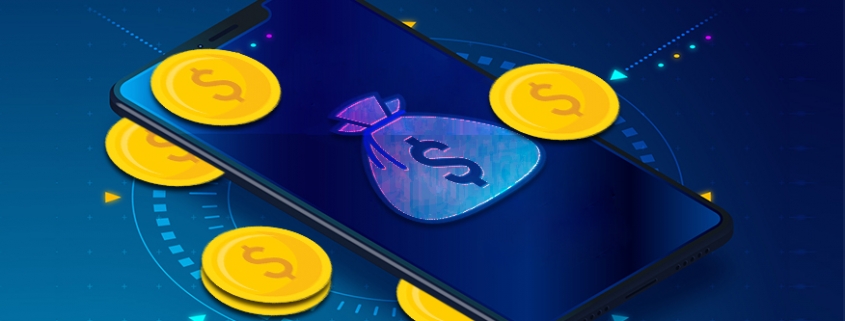8 Tested Monetization Methods for Mobile Apps
Individuals and organizations have many reasons for investing in app development. For some people, companies, and non-profits, these applications often serve as a platform for brand awareness. But others engage in developing applications as a tool to earn a profit.
The Multibillion Mobile App Market
The mobile application market is worth billions. Analysts project the industry to grow further at substantially higher rates with CAGR of 15.14% from 2017 to 2021. This astounding growth is driven by the continuous surge in the number of smartphone users across the world. The falling prices of phones, even as its underlying technology improves considerably also contribute to the steady growth of the mobile app development industry.
This expanding market also opens increased employment or business opportunities for developers. According to estimates by Sensor Tower, the Apple App Store raked in $38.5 billion in revenue in 2017, an increase of 34.7% over the 2016 figure. In the same year, Google Play Store earned around $20.1 billion, posting a 34.2% growth from the last year. Combined, the revenue of both app marketplaces valued at around $58.7 billion in that year.
These numbers rose further in 2018 when the mobile app market reached $92.1 billion. Experts expect this figure to expand further as more and more people are gaining access to smartphones. They expect the increase in adoption of handheld devices in India and China will drive more growth in smartphone use, which is seen to reach 3.8 billion by 2021.
Ways to Monetize Mobile Apps
The growing demand for smartphone applications creates multiple money-making opportunities. There are many ways to monetize from mobile applications. Here are some of them:
- Advertisements – Marketers are on the hunt for platforms or avenues for better brand visibility. One of the best methods nowadays is by putting ads on popular applications. These professionals can promote their brands through various advertising options, which include:
- Interstitial or full-screen ads – These advertisements are typically found at natural pause points, such as between menus.
- Notification ads that pop up in the status bar of smartphones and tablets to better catch the attention of its presence.
- Capture form that offers incentives such as points and freebies for users who key-in their email addresses.
- Advanced overlay – Like interstitial ads, these are placed in transition points but are more interactive instead of being simple clickable images.
- Banner ads are popular promotional tools that you can find at the top or bottom section of the screen.
- Text ads – Merely composed of words, these ads contain links that redirect to the site of your advertisers.
Once your mobile app developer integrated the ads, you only need to focus on marketing your application to multiply your user base.
- Freemium – With this model, you will allow users to download a version with limited functionalities of your app for free. If they find your app useful, they can purchase the full version.
- Subscriptions – This model allows your users to use some features or consume content provided they will pay a subscription fee every month for continuous access. Of course, you should give them the option to unsubscribe.
- Affiliate Marketing and Lead Generation – For mobile applications, affiliate marketing means you can get a commission fee whenever a mobile app you are marketing gets downloaded, or users perform a specific action with an app using the link placed inside your app. A variation of this method is lead generation, where instead of selling products or services, marketers aim to capture the contact information of users who are interested in buying certain products or services.
- Sponsorships – If you were able to build a huge user base, you could ask for sponsorships from some significant companies. You can get a substantial sum of money in exchange for posting their logo or other branding materials.
- Donations – If you think your app can solve the problems of your users, you can ask for donations via crowdfunding sites such as IndieGoGo, GoFundMe, Kickstarter, or Patreon. This monetization technique is an excellent alternative for advertisements, which can annoy your users with notifications and pop-ups.
- SMS Marketing – Even though SMS marketing seen as obsolete, using this channel can still attract active engagement. To monetize via this channel, you need to use tap databases of contacts of smartphone users. By sending a well-written text message, you can promote your app or sponsors. Just keep in mind to avoid distracting recipients, by sending polite, direct-to-the-point messages, preferably with some humor.
- Rewarded Ads – This option works best in mobile gaming apps. Through this model, the user needs to watch a 30-second ad to unlock or acquire something special, such as doubling his coins or points, providing extended health or playing time, or any other feature which will benefit the player.
With the help of mobile app developers in Orlando, you can use any of the monetization methods to cash in from your application. Just make sure to select the one that fits your application.










Leave a Reply
Want to join the discussion?Feel free to contribute!